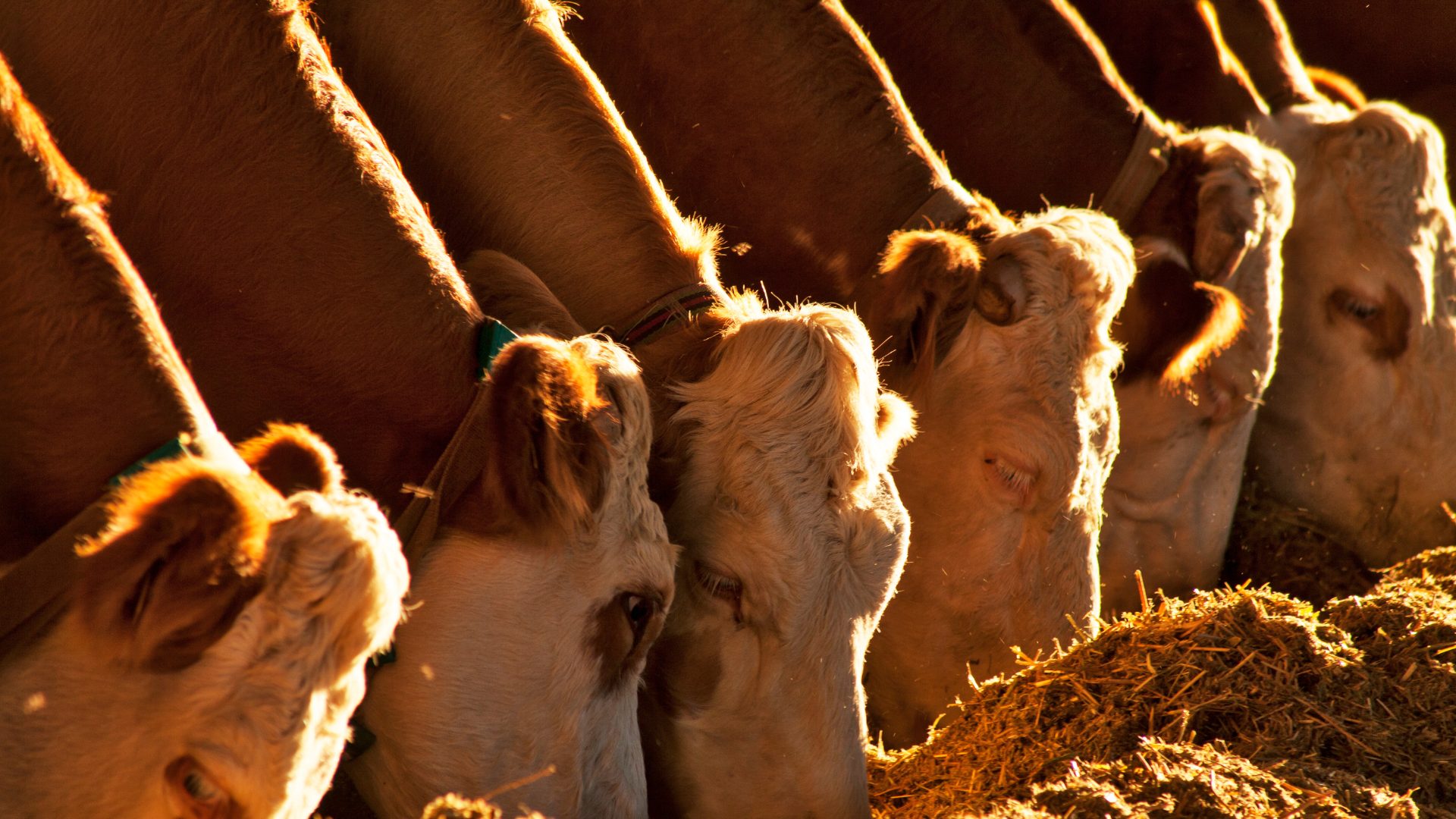Consumer prices dropped again, the CPI shows, as the pandemic cut the rate of inflation to near zero, reported MarketWatch (June 10). Although U.S. consumer prices declined for the third straight month in May, food prices increased 0.7% from April, according to the Bureau of Labor Statistics. Food at home prices increased 1%, driven primarily by a 3.7% rise in the index for meats, poultry, fish, and eggs.
Overall inflation softened in the past several months. Consumer prices rose just 0.1% in the last 12 months, down from a 2.4% yearly rate in February.
However, the cost of groceries rose sharply again, reflecting a scarcity of some goods in high demand as well as shortages caused by outbreaks at meatpacking plants. In particular, beef prices skyrocketed up a record 10.8% in May. The food-at-home index soared 4.8% in the past 12 months, the highest rate in more than eight years.
From a category perspective, the most pronounced increases versus April came from a 320 bps acceleration in meats, poultry, fish, and eggs; a 110 bps acceleration in fruits and vegetables; and a 90 bps deceleration in nonalcoholic beverages and materials.
Cereals and bakery products were +2.6% year-over-year (versus +3.1% in April), while dairy and related products were +5.7% (versus 5.2% in April). Meats, poultry, fish, and eggs were +10.0% year-over-year (versus +6.8% in April). Fruits and vegetables came in at +1.5% year-over-year (versus +0.4% in April). And nonalcoholic beverages and materials were +4.1% year-over-year (versus +5.0% in April).
Rice prices jumped 47% over the past few weeks, rising to about 23.6 cents per cwt on the Chicago Mercantile Exchange June 5, reported The Wall Street Journal (June 10). While prices contracted to about 17.6 cents per cwt by June 9, the surge was fueled by a spike in retail sales, with Nielsen reporting sales were up nearly 40% in the 13-weeks ending May 30 when compared to the same period in 2019.
The increase in demand met a lower-than-expected supply. Rice production in the U.S. in 2019 fell 17% to 184.7 million cwt, according to USDA. “The same issues that plagued corn and soybean crops also affected rice,” said John Newton, chief economist with the American Farm Bureau Federation.
Meanwhile, cheese prices are on the rise as many restaurants begin reopening, increasing demand, reported Ag Alert (June 10). Additionally, retail sales, exports, and government purchases of dairy products are pushing up prices for fresh cheese.
On the farm, many producers have been trying to slow milk output by culling and drying cows, adjusting feed rations, and other measures, with widespread adoption of plans by processors, creameries, and dairy cooperatives to blunt increases in dairy herds and production, according to the National Milk Producers Federation.
Prices for cheese in 40-lb. blocks went from $1.60 a lb. to a floor of $1, and then rebounded to a record $2.50 in the space of five weeks. Block cheese prices rarely reached such high levels, noted market analyst for Western Milling, Joel Karlin.
“That’s incredibly volatile, very head-scratching,” Karlin said. “I don’t know how reflective of actual supply-demand fundamentals that move is.”









